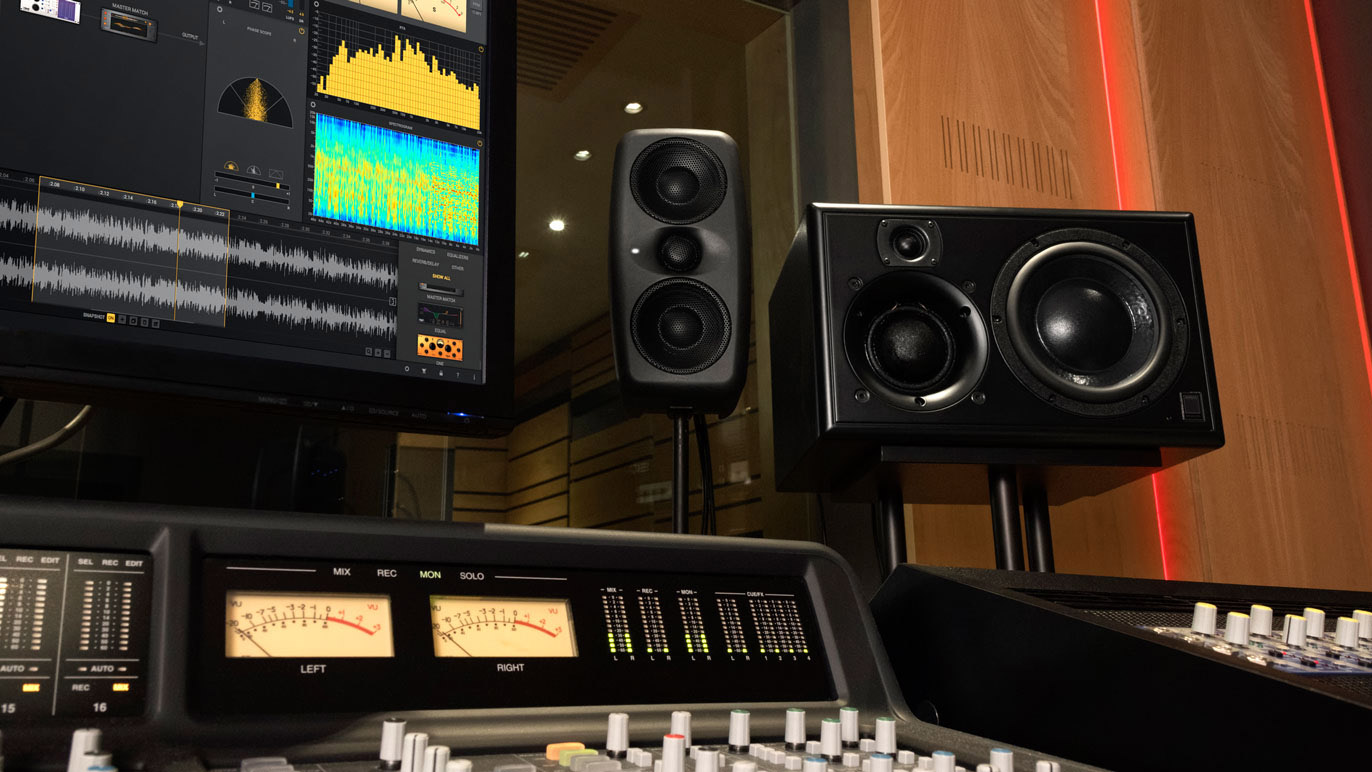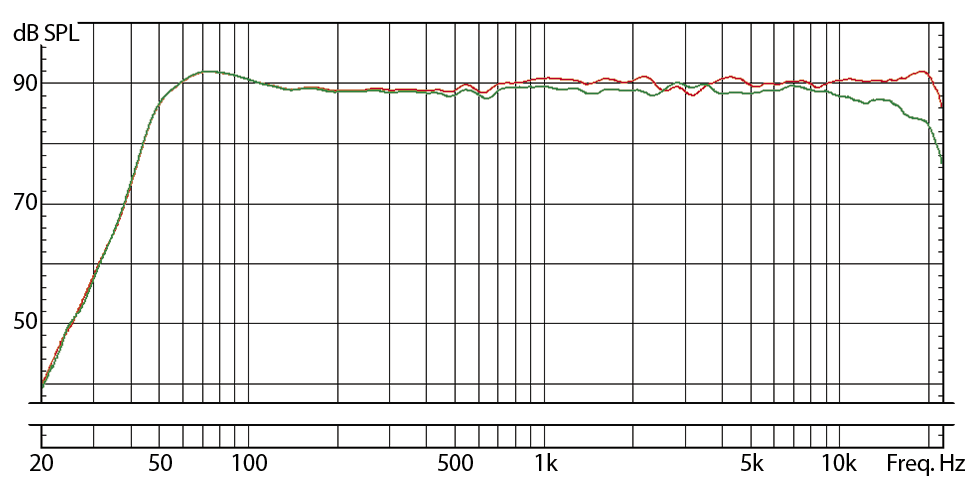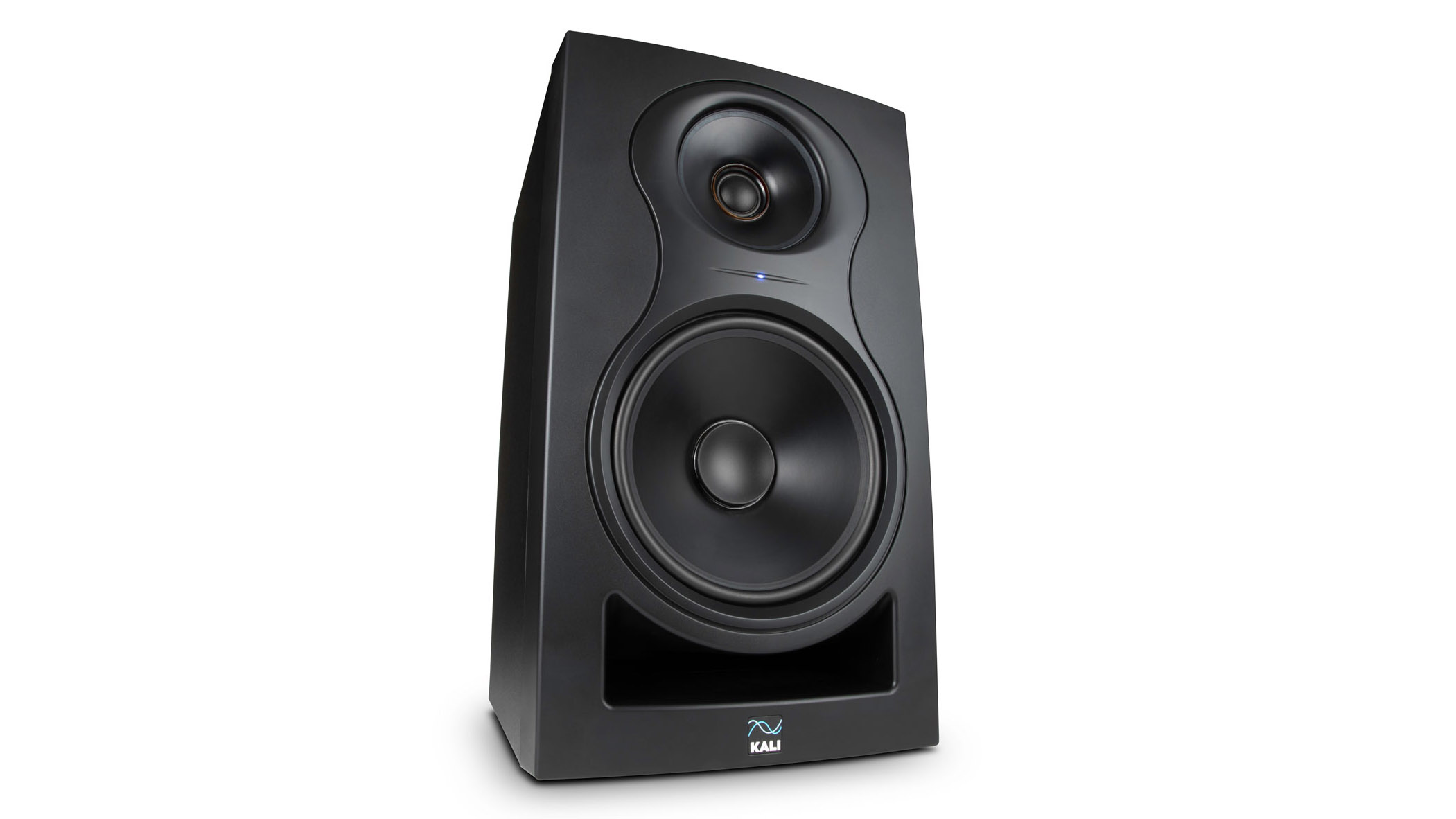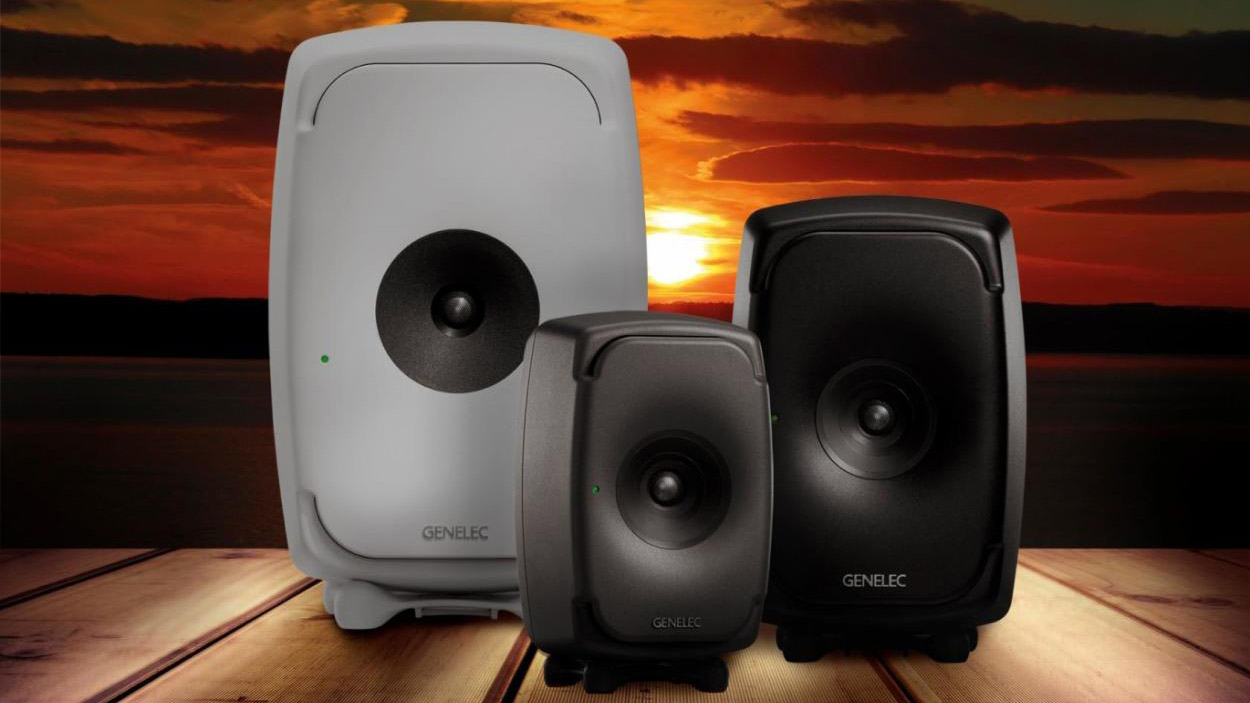5 reasons to spend more money on your studio monitors
The studio monitor is the single-most important investment you can make for your recording studio and you should therefore spend the biggest portion of your studio budget on a set. Here's why…

They're only speakers right? And surely those gleaming studio gadgets, classic hardware synths, vintage guitars, and legendary pieces of outboard gear are more important to your music production endeavours than a set of speakers, right? Wrong, and wrong again.
When you get that exceptional monitoring, the only question you then need to answer is: can you handle the truth?
The studio monitor might not have changed that much in technology – it is by and large a set of drivers pushing sound molecules of differing frequencies into waves that your ears can detect – but a great set can tell you more about your mix than Nile Rodgers or Quincy Jones. While a poor set? Well it can destroy your mix, simple as that.
The only trouble is that 99% of 'great' studio monitors cost big bucks. And we mean BIG bucks. But 99% of the time, they are worth every cent…
• The best high-end studio monitors
1. You pay for honesty
MusicRadar's got your back
It all comes down to how honest a set of monitors is. If it tells you your bass is flabby then you will be able to do something about it.
If it incorrectly enhances your bass by colouring the sound – as cheap and small consumer hi-fi speakers often do – then you will tone that extra bass down as you are mixing your music, and the result? Your mix will sound bass light on every system you then play it on (bar cheap and small consumer hi-fis you mixed it on, that is!).
Studio monitor manufacturers spend years designing speaker models with an honest frequency response which, on paper, means it is a technically flat frequency response.

Check the signal level in dB (y-axis) versus the frequency (x-axis) and it should be flat going from the bass (low) frequencies to the treble (high) frequencies. Any dips mean the response is lacking in that range; any peaks and the speakers will deliver too much signal. It's fair to say that those cheap hi-fi speakers will show peaks in that bass response on their graph…
It's rare to find a frequency response that is completely flat but generally – and here's the rub – they get flatter the more cash you part with. You can tell how flat simply by looking at the manufacturer's data sheet or check the frequency response which not only give you the range the speakers cover (say from 35Hz to 20kHz) but usually come with a figure or +/- xx dB where xx is the variation – the peak or trough – across that range; the wobble in the flatness if you like. The less this figure is, the better (less than 3dB is good).
2. A wide range costs
Next is the actual range of frequencies the speakers can handle in the first place, and here – you guessed it – the wider the better. Great speakers will go down to the depths of human hearing (down to 20Hz) and up to frequency levels that far exceed human hearing.
Why they bother exceeding the human frequency range is complicated, but engineers are starting to agree that the higher you go, the more impact you get on the actual frequencies we can hear; in short, the larger the frequency range specified by a speaker, the better. And, you guessed it, the larger this is, the more monitors generally cost.
This extra cost comes in two main forms, both related to the drivers, the circular parts that shunt those frequencies at you. The lower the frequency, the larger the bass driver tends to be, so the bigger the speaker.

Some speakers get away from being massive – and still delivering a great bottom end – by being connected to an additional large subwoofer box which can be handily placed out of the way. The extends the bass further down and can be placed centrally in the system.
The other extended driver feature is simply having three of them per speaker, rather than the two that you will find on cheaper systems. The third tends to be a mid driver that delivers mid-range frequencies.
That's not to say 2-way systems don't cover this but some sets might haver a dip in the middle part of their frequency range and a 3-way set of speakers evens this out by joining the dots between woofer (low frequency) and tweeter (high frequency) drivers.
3-way speakers, then, tend to deliver the whole picture. The third driver also means that the woofer and tweeter don't overlap in terms of their frequency response – the crossover frequency range – which means less phasing between the two (unwanted peaks and dips in the speaker’s total response).
3. Top-notch design costs
So far, then, your ideal and expensive speakers should be honest and probably have more drivers than you bargained for. Another aspect to take into account is the overall design of the cabinet and where the drivers sit.
Long gone are the days when you could just mount the drivers in a wooden box and then point them at a listener's ears. All sorts of technology now comes into play with that cabinet design, and it's all to make the listening experience more accurate and over as a wide a listening space as possible.

Let's talk sweet spot first. This is the point at which you can listen to a set of monitors and what you hear is the speakers performing at their most accurate. Broadly (very broadly) speaking this tends to be at the third point in an equilateral triangle with you equidistant from each speaker as they are from one another.
As you move away from this sweet spot, the sound from the drivers reaches your ears at different times causing off-axis lobing or crossover coloration – not good as the accuracy falls out the window. So manufacturers have designed speakers to deliver a wider sweet spot for larger rooms, so more people can monitor or you have a greater freedom in your listening position.
One of these innovations is called the dual-centric or coaxial design, where one driver – the tweeter or mid-range – is placed over the woofer, so it effectively sits 'within' it.
This means that they are on the same acoustic or listening axis so that if you move around, you get less off-axis colouration; basically they help widen the position in which you can listen accurately to your mixes.
Other designs in the cabinet can also help here, with baffle designs helping to disperse and direct certain frequencies so that phasing is reduced.
4. Better and faster transients
One last dramatic characteristic you need to know about – because it might cost you extra – is your speaker's ability to handle transient response. This is simply the time it takes for a speaker to react to the voltage of the sound being put through it.
Think of that cone vibrating with an amplitude that is proportional to the sound; does it react quickly? Does it settle quickly? Does it over-react? Essentially if a speaker has a good, tight transient response, it will follow the sound accurately and speedily. If not it will be flabby, slow, and possibly distort at high levels as the cone moves too much.
This means speaker cones might be made of durable, tough and 'non flabbiness-inducing' material – aka expensive material. The same goes for the speaker cabinets made with stiff material so the box doesn’t vibrate or resonate at particular frequencies and which also helps the transient response.
An extension of this is the speaker stand or acoustic isolator (a set of rubber pucks you can place beneath each speaker), both of which can help reduce vibration.
5. Your room may be terrible

Finally, there's an entire feature to be written about room acoustics, but the bottom line is that no matter how accurate your speakers are, your room can interfere and mess up your monitoring because sound from the speakers bounces off the walls and comes back to you, the listener, at different times.
Near-field monitors largely overcome this problem as they are designed to be listened to close up, so reflections from the room are less prevalent. When you get into mid-sized monitoring and above, you are dealing with bigger room sizes and the acoustics of the room starts to make a much bigger impact.
Some speakers like Genelec's The Ones now overcome this problem as they come with built-in calibration systems, whereby they effectively 'listen' to your room by sending out a frequency sweep, and then monitor the reflections that come back in.
They then adjust themselves – their EQ response characteristics – to still deliver an accurate representation of your music, with your room now taken into account. Again this costs, although the technology is filtering down into cheaper systems like the IK iLoud MTM speakers and their ARC room–correction system.
So that's it: accuracy, frequency range, phase cancellation, good drivers, design and self-calibration. It all costs but you need the truth for exceptional monitoring. And when you get that exceptional monitoring, the only question you then need to answer is: can you handle the truth?
Get the MusicRadar Newsletter
Want all the hottest music and gear news, reviews, deals, features and more, direct to your inbox? Sign up here.
Andy has been writing about music production and technology for 30 years having started out on Music Technology magazine back in 1992. He has edited the magazines Future Music, Keyboard Review, MusicTech and Computer Music, which he helped launch back in 1998. He owns way too many synthesizers.
